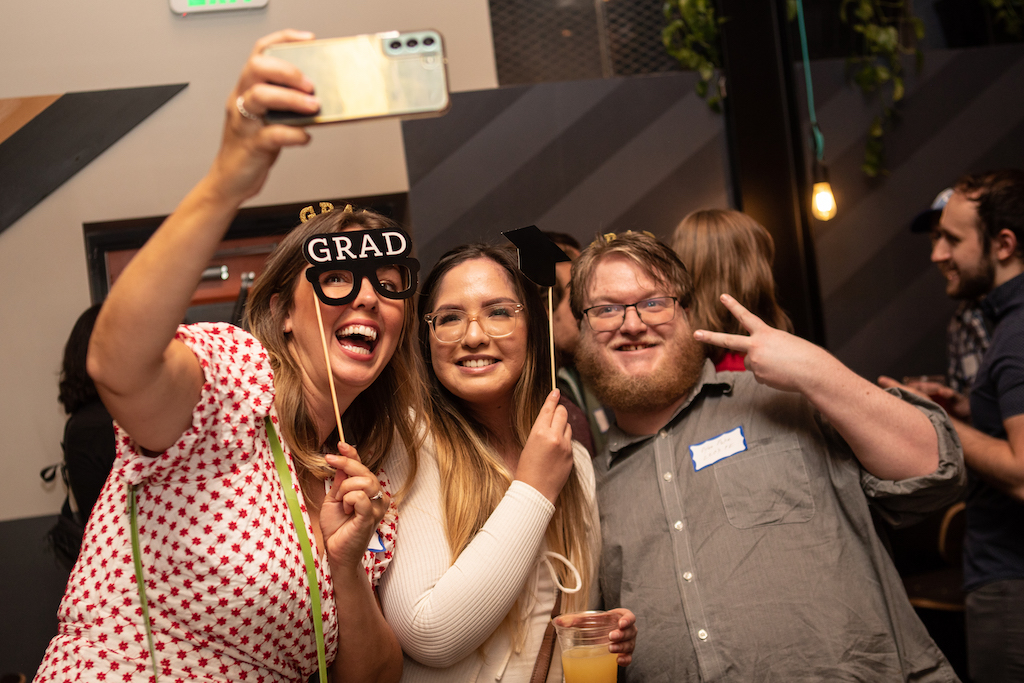What Students Learn and Build at Turing
This is a resource for prospective students to build an understanding of the differences between Front End and Back End Engineering, get information needed to make an informed decision about which program is the best fit for you and explore the Turing curriculum and get a little more insight into the life of a Turing student.

Program Progression
Module 1
Module 1 focuses on using the coding fundamentals and object-oriented programming (OOP) to build software. Students develop skills to write automated tests, pseudocode, write implementation code and refactor code to meet Ruby conventions.
Student Project: By the end of Module 1, Back End students are able to build a program like this command line Battleship game. Behind the interface is a lot of work with logic, decisions about how to structure data and error checking. Projects of this nature build a strong foundation with object-oriented programming (OOP) and software design principles.
Module 2
Module 2 focuses on Web Application Development. Using Rails, we’ll work through the key concepts and build functional full-stack applications. Along the way, we lean into Javascript both as a comparison to the work we're doing on the back end as well as starting to implement some things client side. By the end of the module, students are building and deploying respectable full-stack applications.
Student Project: This project is a fictitious pet adoption platform where visitors can favorite pets and apply to adopt their newest furry friend. Building functionality that allows users to favorite items or submit forms are both important features in web development, so this was a hands-on application for many core concepts of the module.
Module 3
In Module 3, students step beyond the simple one-language-one-framework monolith and juggle multiple domains of responsibility. To build truer full-stack applications, they’re working in at least two languages and two frameworks. It’s a picture of what work in the field looks like — taking what you know from one tech and applying it in new domains.
Student Project: In Module 3, students are able to choose the topic and content of the project as long as they implement certain technologies. This sample project was built by a team of 4 students over several weeks. It is built with the Rails framework and gets data from ProPublica and a News API. It also integrates with Twitter.
Module 4
Then, in Module 4, students will choose to "major" in Front End with Javascript/React or Back End with Ruby/Rails. But we'll also emphasize branching out – maybe an FEE major decides to specialize in Angular or a BEE student dives into Python and Django. Along the way, they collaborate in teams on bigger Capstone projects that can mix and maximize all their diverse interests. And we’re excited to integrate outside experts to offer special sessions on subjects like Site Reliability Engineering, SDET, and Application Monitoring and Performance.
Student Project: This mobile application was built by 4 students during their last 2 weeks before graduation. They worked with a project manager and used agile practices resembling an engineering team in the industry.
Student Project: This sample project uses React and Redux, a network request to the Wordnik API, and was fully tested. While the features in this project may appear to be less robust than the Module 2 project, it uses more sophisticated technologies. This project was built by one student in about 5 days.